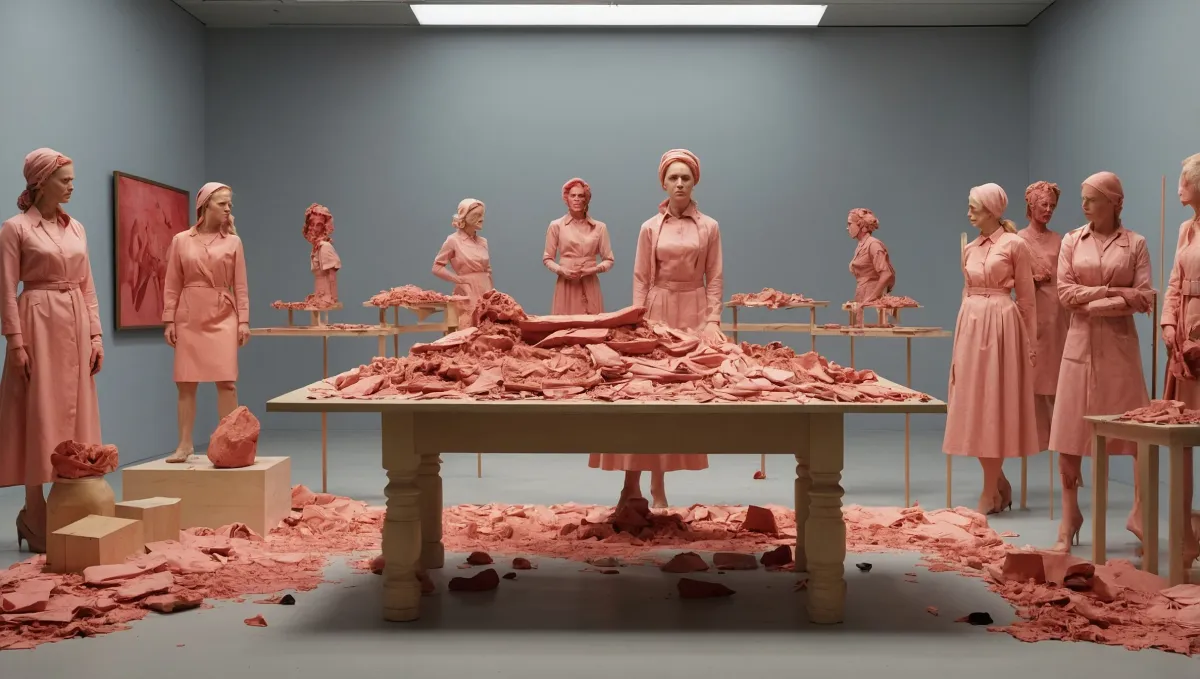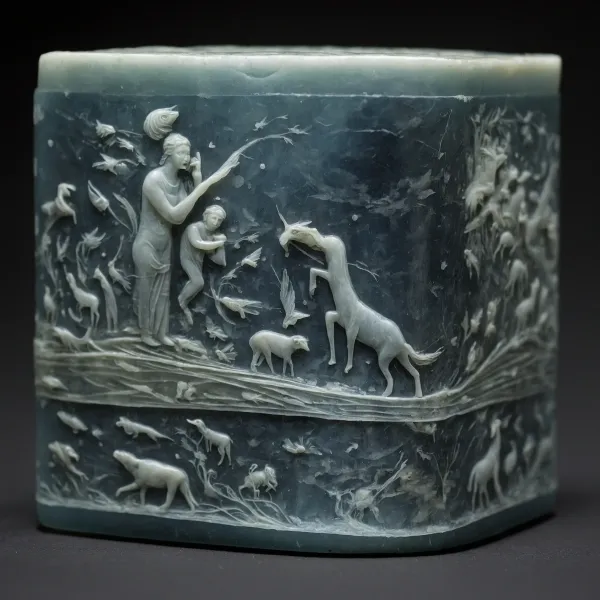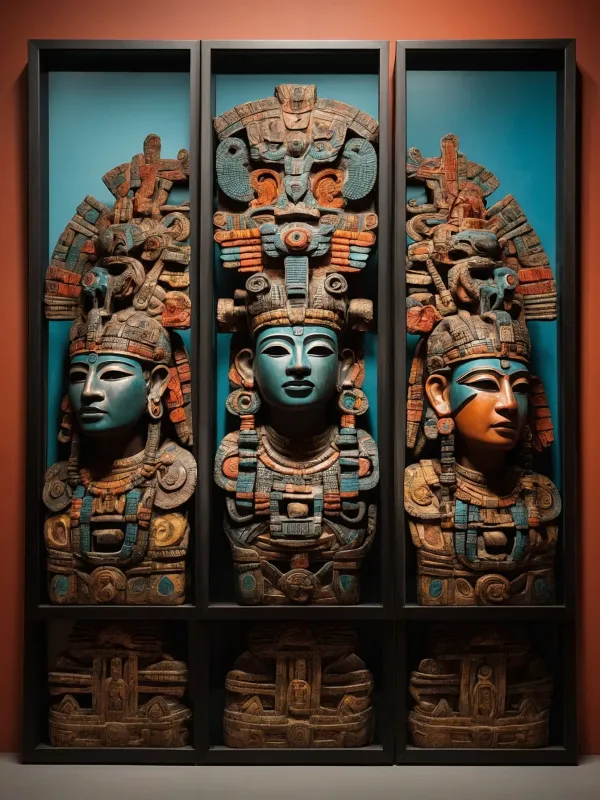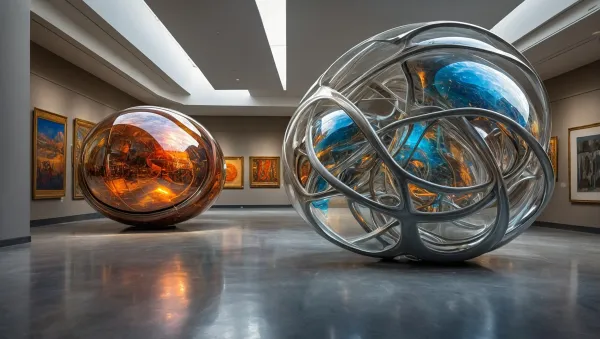The Flesh Assembly

Among the many pieces in the Ravensfield Collection, "The Pink Congregation" stands as one of its most uncanny and unsettling. This monochromatic tableau vivant arrests viewers with its fusion of the mundane and the macabre, showcasing a chorus of pink-clad figures frozen in time, surrounding tables laden with what appears to be raw, fleshy matter.
The artwork's creator remains a mystery, though its aesthetic sensibilities place it squarely in the post-war era. The piece's meticulous attention to detail - from the crisp folds of the figures' uniforms to the visceral textures of the organic forms on display - speaks to an artist of considerable skill and patience.
The legend of "The Pink Congregation" began the night it was first unveiled at the prestigious Thornfield Gallery in 1957. As the last patrons filed out, the night watchman reported hearing a faint, rhythmic sound emanating from the installation room. Upon investigation, he found nothing amiss, save for a lingering scent of copper in the air.
Over the following weeks, gallery staff noted subtle changes in the artwork. The pile of flesh-like material at the center seemed to shift and grow, while the expressions on the figures' faces appeared more strained, more desperate. Visitors complained of feeling watched, of hearing whispers just beyond the range of hearing. The curator, Dr. Eliza Blackwood, became obsessed with unraveling the piece's secrets. She spent countless hours studying every detail, convinced that some hidden message lay encoded within its pink folds. Her colleagues grew concerned as she spoke of "feeding" the artwork, insisting it was alive and hungry.
The Pink Congregation isn't just art - I've seen it breathe.
- Dr. Eliza Blackwood (Former Curator, Thornfield Gallery)
On the night of a full moon, exactly one month after the exhibition's opening, Dr. Blackwood was found unconscious on the gallery floor, her body partially absorbed into the central mound of the artwork. When revived, she babbled incoherently about "joining the assembly" and "becoming one with the flesh."
The Thornfield Gallery hastily shuttered the exhibition, citing "unforeseen circumstances." The artwork vanished, rumored to have been destroyed or sealed away in some government vault. Its reemergence at the Ravensfield Collection decades later sent shockwaves through the art world.
Today, "The Pink Congregation" continues to captivate and unnerve in equal measure. Viewers report a sense of unease that lingers long after leaving its presence, as if some part of them remains caught in that sterile, pink-hued room. Some swear they can see the figures' eyes following them, while others claim to hear a faint, wet sound emanating from the central mass.
The piece serves as a stark reminder of art's power to disturb and transform. It challenges our perceptions of reality, blurring the lines between creation and consumption, beauty and horror. "The Pink Congregation" offers a visceral, unforgettable encounter with the uncanny - a flesh-and-blood reminder of the thin membrane separating order from chaos, the living from the dead.




